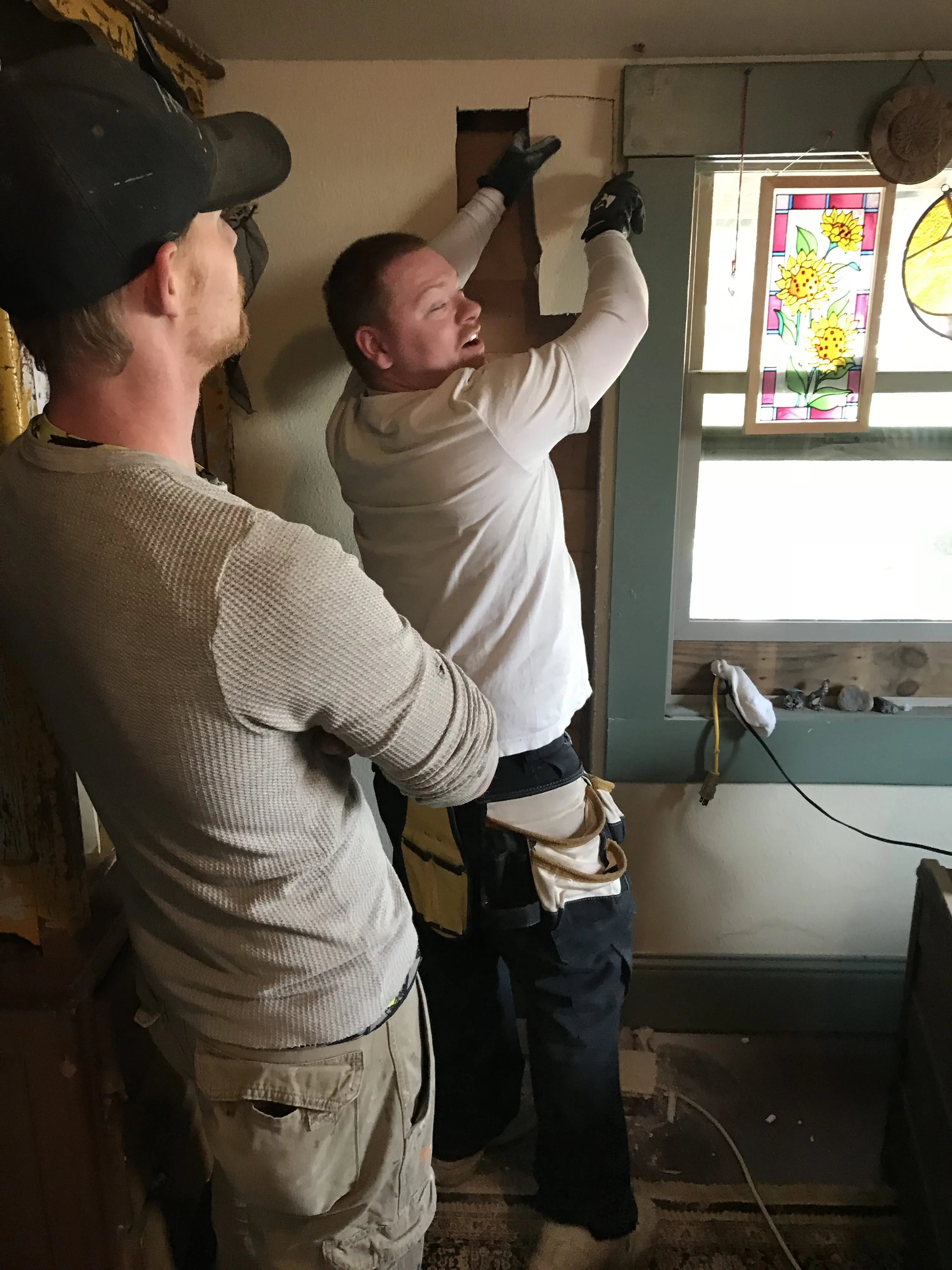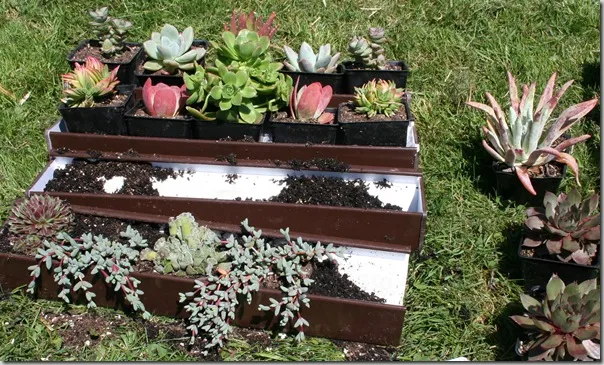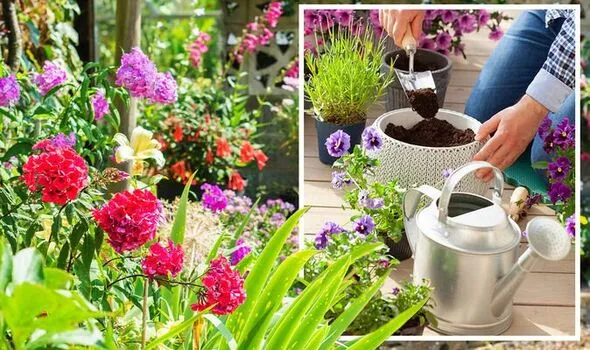Thinking about adding a touch of the tropics to your home? Monstera plants, particularly the popular Monstera Deliciosa, are often seen gracing the pages of design magazines and filling trendy indoor spaces. Their dramatic, split leaves make a bold statement, leading many to assume they’re high-maintenance divas. But here’s a little secret for you:
- Monstera plants are surprisingly easy to care for, perfect for budding plant parents.
- Their iconic split leaves aren’t just for show – they’re a clever adaptation from their rainforest home.
- With just a few simple steps for watering, light, and support, you can help your Monstera thrive and bring lush, green vibes into your home.
Ready to unlock the secret to a thriving indoor jungle without the fuss? Let’s dive into why easy-care Monsteras might be the perfect addition to your plant family and how simple it truly is to help them flourish.
Contents
- What Makes Monsteras So Appealing (And Easy!)?
- Your Essential Care Guide for Thriving Monsteras
- Watering Wisdom for Your Swiss Cheese Plant
- The Right Light for Lush Growth
- Humidity is Your Friend
- Feeding Your Leafy Giant
- Supporting Their Upward Journey: Staking Monsteras
- Troubleshooting Common Monstera Issues
- Meet the Star: Monstera Deliciosa
- More Than Just Care: Adding Personality and Love
- Frequently Asked Questions About Monsteras
- Is Monstera a good indoor plant?
- How toxic is Monstera to cats and other pets?
- Should I mist my Monstera?
- Grow Your Confidence with Easy-Care Monsteras
What Makes Monsteras So Appealing (And Easy!)?
Often referred to as the “Swiss Cheese Plant” because of the distinctive holes (fenestrations) and splits in their leaves, Monstera Deliciosa hails from the tropical rainforests of Southern Mexico and Panama. These aren’t true Philodendrons, though they share the “Split-Leaf” common name. The magic of those splits? In their natural habitat, they allow sunlight to filter down to the lower leaves, a clever adaptation in dense canopy environments. This resilience in adapting to filtered light is one reason they perform so well indoors!
Their rapid growth and impressive size potential make them a dramatic focal point, while their relatively unfussy nature makes them forgiving for those new to plant care. They offer that sought-after “indoor jungle” look without demanding constant attention, truly embodying the spirit of easy-care monsteras.
 Large, healthy Monstera Deliciosa houseplant filling a room corner, showcasing its impressive size and split leaves, ideal for an easy-care indoor plant.
Large, healthy Monstera Deliciosa houseplant filling a room corner, showcasing its impressive size and split leaves, ideal for an easy-care indoor plant.
Your Essential Care Guide for Thriving Monsteras
Bringing a Monstera into your home is like adopting a leafy, tropical companion. While they are indeed easy-care, understanding their basic needs will ensure they don’t just survive, but truly thrive, unfurling those magnificent leaves for you to admire.
Watering Wisdom for Your Swiss Cheese Plant
Monsteras appreciate consistency, but they absolutely detest soggy feet! Remember they are epiphytes in nature, often growing on other plants with aerial roots seeking moisture and support, not sitting in perpetually wet soil.
- The Golden Rule: Water when the top 2 to 4 inches of soil feel dry to the touch. You can stick your finger in the pot to check.
- How Much: When it’s time to water, water thoroughly until you see water drain from the bottom of the pot. Discard any excess water in the saucer.
- Frequency: This will vary depending on factors like light, temperature, humidity, and pot size. During the active growing season (spring and summer), this might be about once a week. In the cooler, darker months of fall and winter, they’ll need significantly less.
- Listen to Your Plant (and the Soil): My personal routine involves a weekly check-in with all my plants on a specific day. I feel the soil of each one. If the Monstera’s soil is still quite moist or even soggy, I happily skip watering that week. This weekly check also gives me a chance to look for any early signs of stress or pests.
The Right Light for Lush Growth
Monsteras naturally grow beneath the tree canopy, meaning they are used to filtered or dappled light. This translates perfectly to indoor environments where bright, indirect light is their best friend.
- Ideal Spot: Place your Monstera near a window that receives bright light for several hours a day, but where the sun’s rays don’t directly hit the leaves. A few feet back from a south or west-facing window, or near an east-facing window, are often great locations.
- Why Indirect Light? Direct sunlight, especially hot afternoon sun through a windowpane, can easily scorch their leaves, leaving unsightly brown patches.
- Signs of Incorrect Light: If your Monstera seems leggy or isn’t developing its characteristic splits, it might not be getting enough bright indirect light. If you see brown, crispy patches, it’s likely getting too much direct sun.
Humidity is Your Friend
Coming from the humid tropics, Monsteras appreciate higher humidity levels than typically found in most homes. While they can tolerate average household humidity, boosting it will make them happier and healthier.
- Simple Solutions: Grouping plants together can create a localized humid microclimate. Placing the pot on a pebble tray filled with water (ensuring the pot base isn’t sitting in the water) is another easy method. Regular misting can also help, though its effects are temporary and shouldn’t replace other methods or proper watering.
Feeding Your Leafy Giant
While not heavy feeders, Monsteras benefit from a little extra nutrition during their active growing period.
- When: Fertilize every 2-4 weeks during the spring and summer months when the plant is actively growing. Reduce or stop fertilizing in the fall and winter.
- What: Use a balanced liquid houseplant fertilizer diluted to half strength. Follow the product instructions. I’ve found that consistent feeding during the growing season makes a noticeable difference in leaf size and vigor.
 Beautiful Swiss Cheese Plant (Monstera) placed behind a tan armchair and wood side table, demonstrating how this easy-care houseplant enhances home interior design.
Beautiful Swiss Cheese Plant (Monstera) placed behind a tan armchair and wood side table, demonstrating how this easy-care houseplant enhances home interior design.
Supporting Their Upward Journey: Staking Monsteras
In the wild, Monsteras are natural climbers, using their aerial roots to ascend trees and reach the light. Indoors, they retain this climbing instinct, and providing support is crucial for healthy growth and structure.
- Why Stake? Without support, a large Monstera can become sprawling and unstable, potentially breaking stems under the weight of its large leaves. Staking encourages upward growth, leading to larger, more mature leaves with better fenestrations, and keeps the plant tidy and balanced.
- Choosing a Stake: Moss poles are popular as the aerial roots can attach to them, mimicking their natural climbing surface. A sturdy wooden stake or trellis can also work.
- A Hard-Earned Lesson: I learned the importance of staking the hard way. One of my Monsteras wasn’t staked, and one day a simple bump sent it toppling, breaking several precious stems. While I was able to propagate them (a silver lining!), it solidified my belief that staking isn’t optional for these climbing beauties.
Troubleshooting Common Monstera Issues
Even with easy-care monsteras, you might encounter a minor hiccup now and then. Knowing what to look for can help you quickly diagnose and fix the problem.
- Curling Leaves: Often a sign of under watering. Check the soil moisture deeply.
- Yellowing Leaves: Typically points to overwatering or poorly draining soil. Allow the soil to dry out more between waterings. Can also sometimes indicate insufficient light or a nutrient deficiency, but overwatering is the most common culprit.
- Blackish Stems or Leaf Bases: A serious sign of overwatering or root rot. Check the soil immediately. If soggy, refrain from watering until the soil dries out significantly. In severe cases, repotting might be necessary to inspect roots.
- Lack of Splits (Fenestrations): Usually means the plant isn’t getting enough bright indirect light or isn’t mature enough yet. Move it to a brighter location (remember, indirect!).
 Close-up view of a mature Monstera Deliciosa leaf showing its characteristic deep splits or fenestrations, a sign of a thriving, easy-care indoor plant.
Close-up view of a mature Monstera Deliciosa leaf showing its characteristic deep splits or fenestrations, a sign of a thriving, easy-care indoor plant.
Meet the Star: Monstera Deliciosa
Here are the quick facts about this fantastic easy-care houseplant:
- Scientific Name: Monstera Deliciosa
- Common Name: Swiss Cheese Plant, Split-Leaf Philodendron
- Zone: Thrives indoors in typical home environments; suitable for outdoor planting year-round only in USDA Zones 10-12.
- Light: Bright indirect light.
- Humidity: Prefers high (50%+), tolerates average indoor levels.
- Water: Water when the top 2-4 inches of soil are dry; do not allow soil to stay soggy.
More Than Just Care: Adding Personality and Love
Beyond the technical aspects of light and water, there’s joy in connecting with your plants. Giving your Monstera a name, like my “Fran,” or adding personal touches to its pot with decorative moss, cherished rocks, or seashells collected from travels, transforms plant care into a truly personal experience. While maybe a little “woo-woo” for some, these small acts add a layer of love and appreciation that, at least in my mind, makes the plant feel even more special and beautiful. It’s part of the fun of being a plant parent!
Frequently Asked Questions About Monsteras
Is Monstera a good indoor plant?
Absolutely! Monsteras are excellent indoor plants. They adapt well to indoor temperatures and light conditions, provided they receive bright, indirect light and are protected from cold drafts.
How toxic is Monstera to cats and other pets?
Monstera plants contain calcium oxalate crystals, which can cause irritation, burning, and swelling of the mouth, tongue, and throat if chewed or ingested by pets (or humans). While generally considered mildly toxic and unlikely to be fatal unless a very large amount is consumed, it’s wise to keep them out of reach of curious pets.
Should I mist my Monstera?
Misting can temporarily boost humidity around the leaves, which is beneficial for these tropical plants. It also helps keep the large leaves clean, allowing them to photosynthesize more effectively. While helpful, misting alone doesn’t replace the need for proper watering or providing consistent humidity through methods like pebble trays, especially in very dry environments.
Grow Your Confidence with Easy-Care Monsteras
Taking care of a Monstera, even a giant one, doesn’t have to be intimidating. By following these simple guidelines for light, water, and support, you can enjoy the dramatic beauty and lush foliage of the Swiss Cheese Plant in your own home. They are truly one of the best options for bringing that sought-after tropical vibe indoors with minimal fuss.
Have you had success with Monsteras? Share your own tips and experiences in the comments below! Looking for more green inspiration? Explore our site for more plant care guides and decorating ideas to nurture your passion for gardening and home.







































